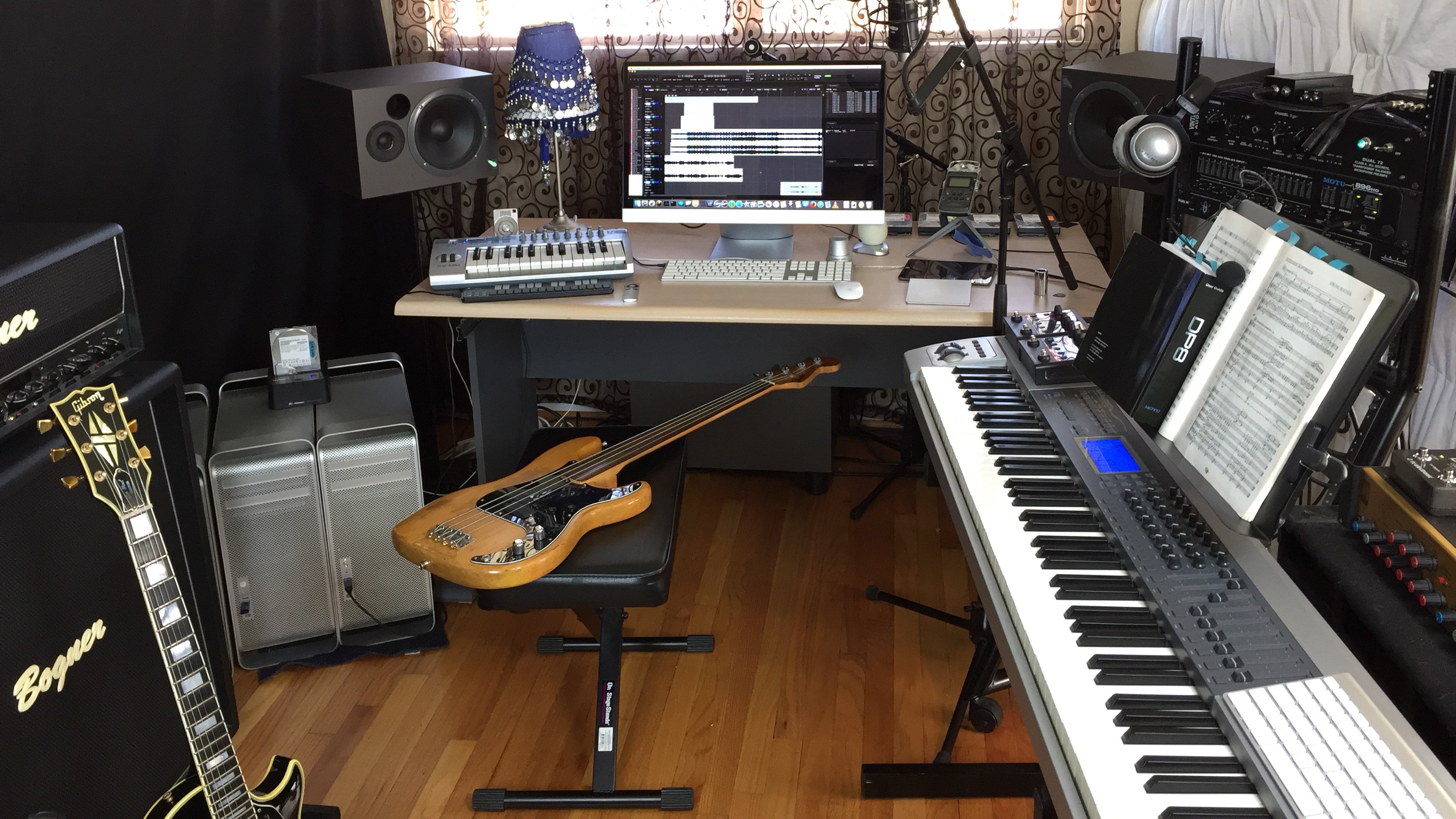

Let’s explore the five essentials and how to choose the gear that’s right for you.

Home studio gear often features a lot of bells and whistles, but it’s better to prioritize recording quality so you won’t be stuck with mediocre gear with tons of superfluous features that you’ll eventually outgrow. It’s also important to weed out things you definitely don’t need. Do you want to record a big rock band? You’ll need more mics and lots of audio inputs. Are you producing podcasts with a single narrator? You can probably get by with a single microphone. Will you be mobile? Maybe a portable recorder is for you. Start by getting specific: Figure out exactly what you need your gear to do.

A microphone to record, a decent PC, audio “workstation” software, studio monitors, and an audio interface to link everything together.Įven when you focus on those criteria, there are a lot of options.

Whether you’re a musician, podcaster, or voiceover artist, you can get a recording studio up and running with just a few basic elements. When you’re starting from scratch, less is more. Start small with your first home recording studio It’s about your space, your budget, and, most importantly, your creative vision. In 2022, a home studio is a big investment, but you can set up a decent studio for less than $2,000 rather than, say, $20,000. It used to be that quality studio gear was out of the reach for musicians recording at home. And while it’s true that some of those homes might have been more fabulous than others, those sessions prove that you can capture musical masterpieces with a home recording studio setup, even if you’re in a kitchen, an attic, or a garage. ” Billie Eilish, “When We All Fall Asleep, Where Do We Go?” Radiohead, “Ok Computer.” These iconic albums have one thing in common: They were all recorded at home. The Rolling Stones, “Exile on Main St.” Nine Inch Nails, “The Downward Spiral. We may earn revenue from the products available on this page and participate in affiliate programs.


 0 kommentar(er)
0 kommentar(er)
